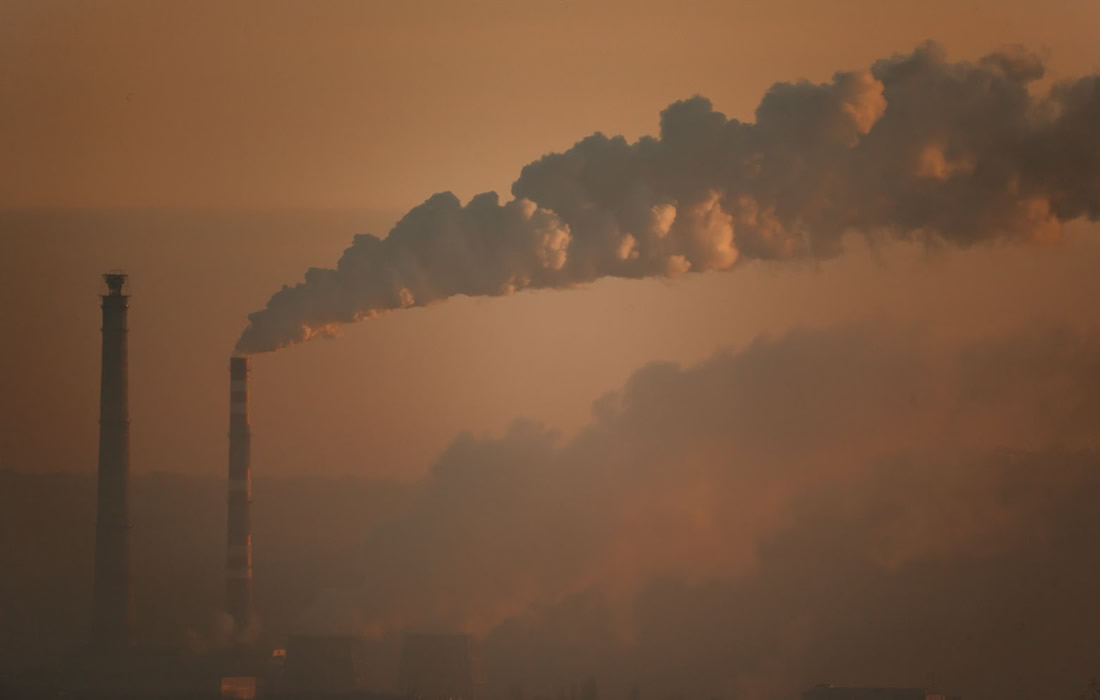Regenerative Medicine News and General Information
Outdoor Air Pollution May Increase Non-Lung Cancer Risk
Chronic exposure to fine particulate air pollutants and nitrogen dioxide may increase non-lung cancer risk in older adults, according to a study led by Harvard T.H. Chan School of Public Health.
“Our findings uncover the biological plausibility of air pollution as a crucial risk factor in the development of specific cancers, bringing us one step closer to understanding the impact of air pollution on human health,” said Yaguang Wei, research fellow in the Department of Environmental Health.
Researchers analyzed data from national Medicare beneficiaries aged 65 or older, collected from 2000 to 2016. All subjects were cancer-free for at least the initial 10 years of the study period. The researchers created separate cohorts for each type of cancer — breast, colorectal, endometrial, and prostate — with between 2.2 million and 6.5 million subjects in each cohort. Separate analyses looked at cancer risk under the impacts of air pollutants for various subgroups by factors including age, sex (for colorectal cancer only), race/ethnicity, average BMI, and socioeconomic status.
Findings from the nationwide analysis showed that chronic PM2.5 and NO2 exposures increased the risk of developing colorectal and prostate cancers but were not associated with endometrial cancer risk. For breast cancer, NO2 exposure was associated with a decreased risk, while the association for PM2.5 was inconclusive. The researchers suggested that the mixed associations may be due to variations in the chemical composition of PM2.5, which is a complex mixture of solid and liquid particles.
When the analysis was restricted to regions where air pollution levels were significantly below national standards and the composition of PM2.5 remained fairly stable, their effect on breast cancer risk was more pronounced. Stronger associations between exposures to both pollutants and endometrial cancer risk were also found at lower pollution levels.
In their analysis of risk by subgroups, the researchers found evidence suggesting that communities with higher average BMI may face disproportionately higher risk of all four cancers from NO2 exposure.
“The key message here is that U.S. air pollution standards are inadequate in protecting public health,” said senior author Joel Schwartz, professor of environmental epidemiology. “The Environmental Protection Agency recently proposed stricter standards for PM2.5, but their proposal doesn’t go far enough in regulating this pollutant. Current NO2 standards are also woefully inadequate. Unless all of these standards become much, much stricter, air pollution will continue to result in thousands of unnecessary cases of multiple cancers each year.”
Sources:
Yaguang Wei, Mahdieh Danesh Yazdi, Tszshan Ma, Edgar Castro, Cristina Su Liu, Xinye Qiu, James Healy, Bryan N. Vu, Cuicui Wang, Liuhua Shi, Joel Schwartz. Additive effects of 10-year exposures to PM2.5 and NO2 and primary cancer incidence in American older adults. Environmental Epidemiology, 2023; 7 (4): e265 DOI: 10.1097/EE9.0000000000000265
Harvard T.H. Chan School of Public Health. “Outdoor air pollution may increase non-lung cancer risk in older adults.” ScienceDaily. ScienceDaily, 3 August 2023. <www.sciencedaily.com/releases/2023/08/230803213822.htm>.
Images from:
Photo by Alexei Scutari
https://unsplash.com/photos/bRWukOnZmc8

